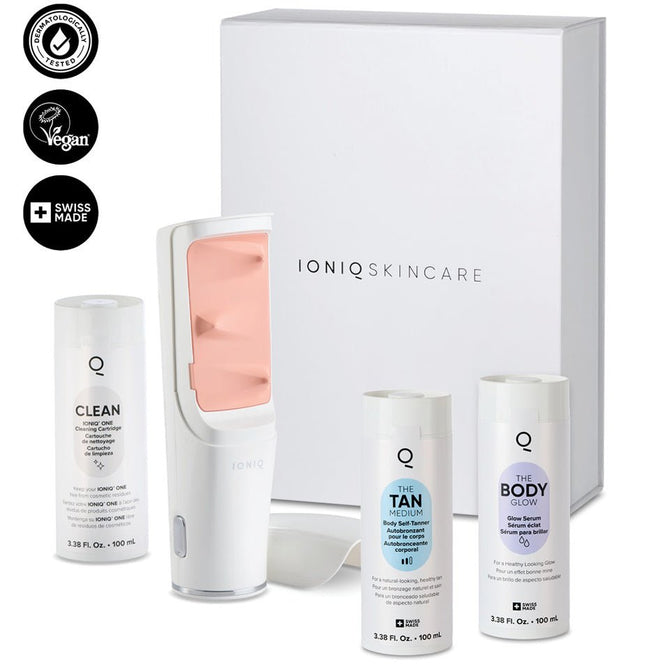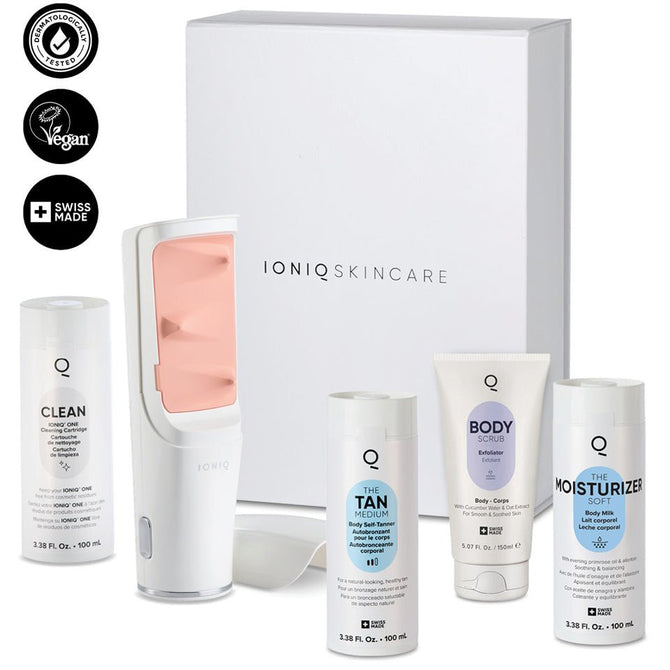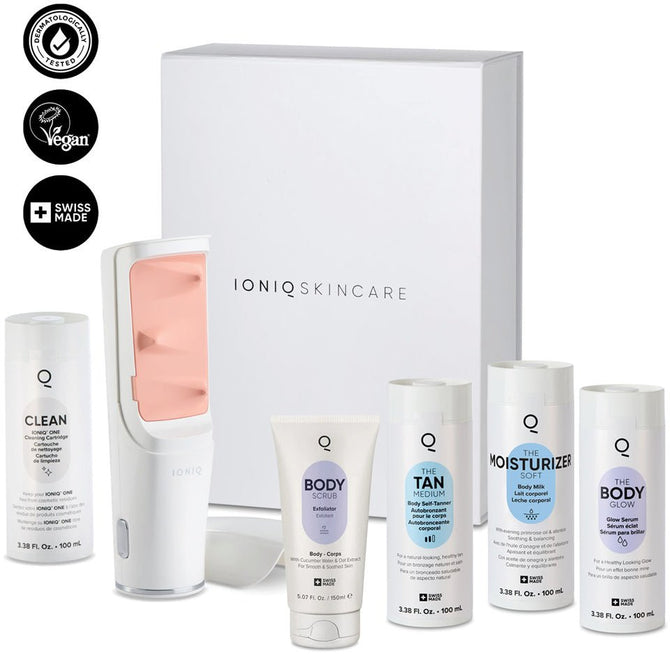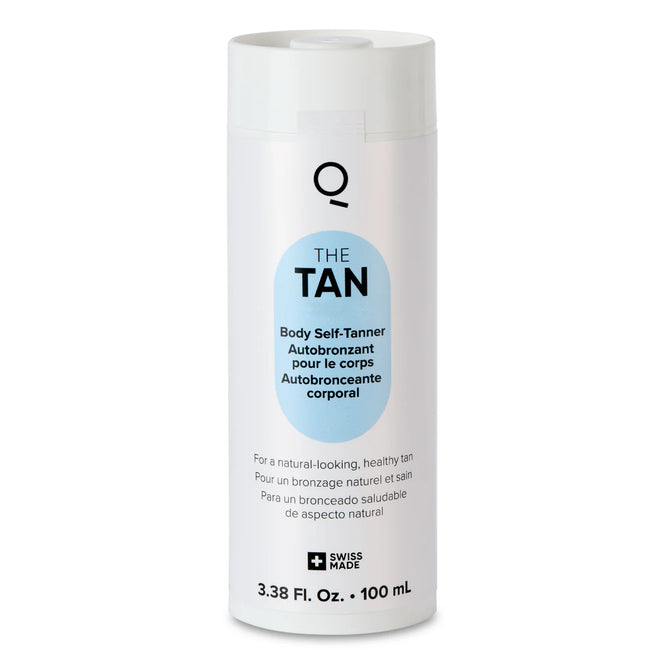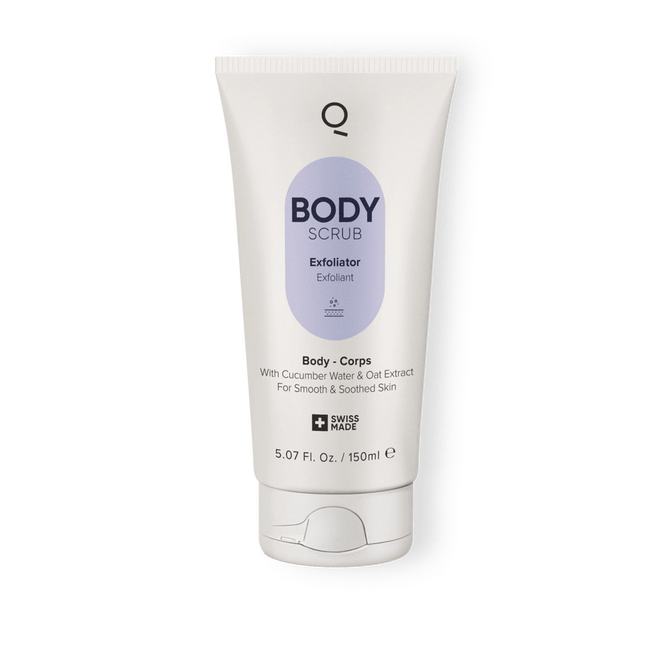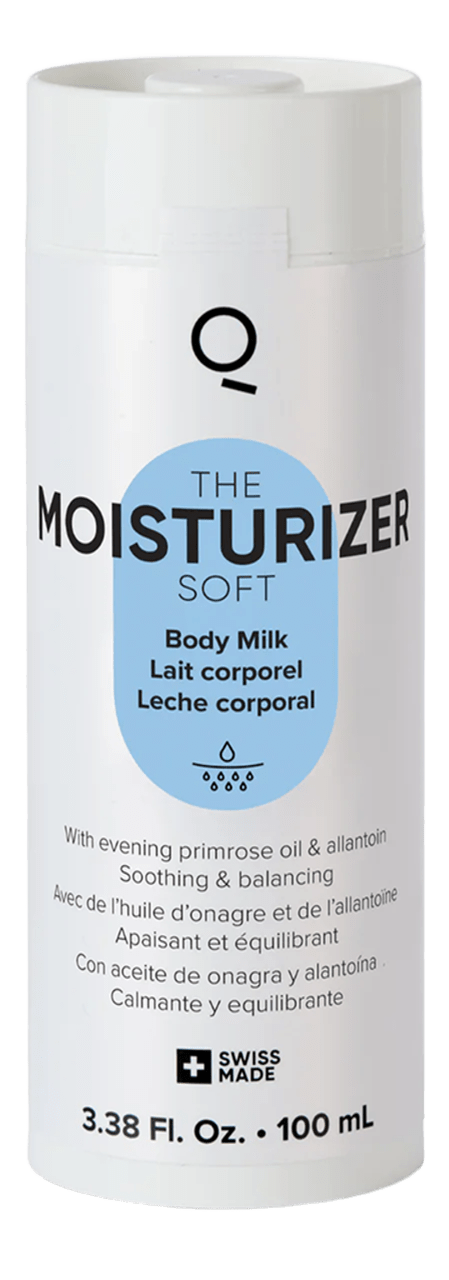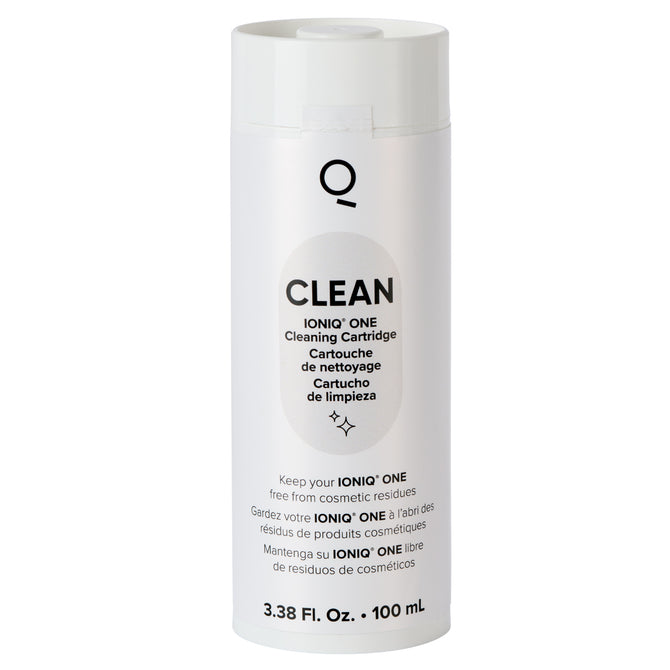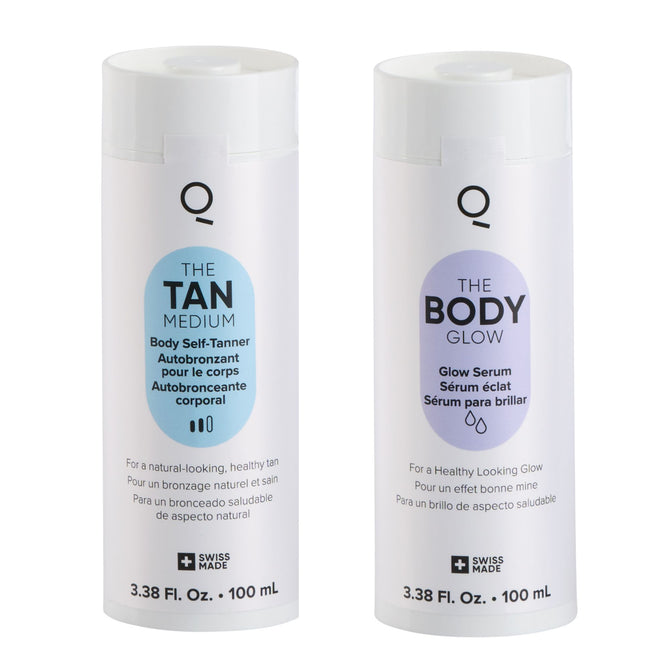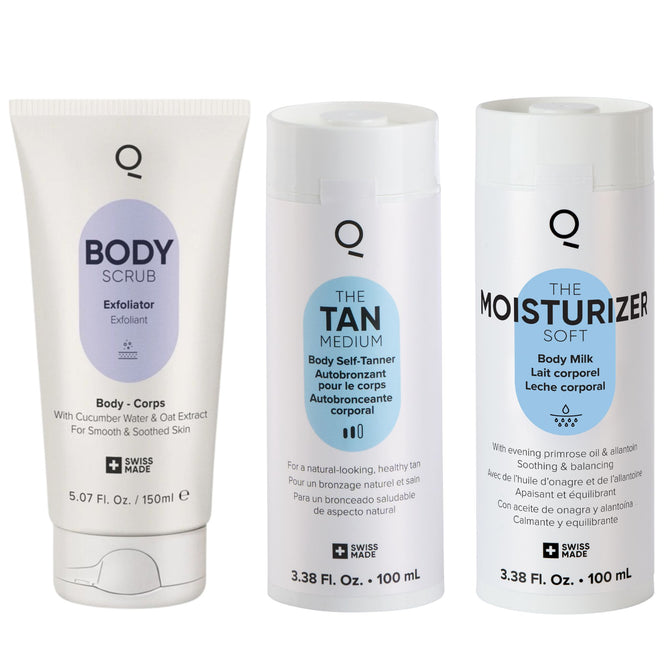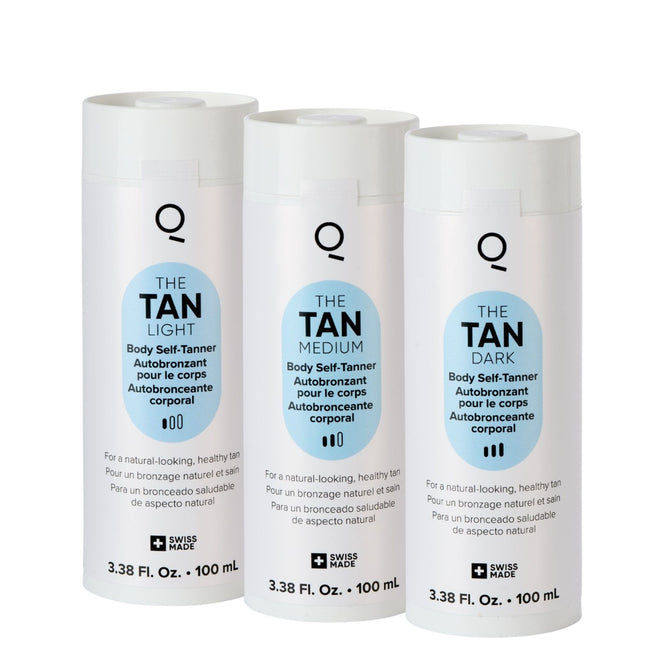
The Truth About Spray Tans
Spray tans are everywhere—Instagram influencers swear by them, celebrities show up to red carpets glowing, and tanning salons keep booking appointments. But there’s one question people keep asking: Are spray tans bad for you?
That question matters more than ever. We live in a time when people are rightly cautious about what they put on their skin. We’re scanning ingredient lists, googling health warnings, and trying to balance looking good with staying safe. So if you’ve ever wondered if a bronzed glow is worth the risk, you’re not alone.
This article is your deep dive into everything you need to know about spray tans. We’ll break down ingredients, bust myths, compare options, and show you how to make safer, smarter choices.
Why This Question Matters
Spray tans seem like the safer alternative to tanning beds or sunbathing, but questions still linger:
-
Do spray tans cause cancer?
-
Are spray tans toxic?
-
Can you inhale dangerous chemicals during a spray session?
-
What are the side effects of spray tanning?
We answer all of those and more. Whether you’re a spray tan regular or just tanning-curious, this guide will help you avoid the cons of spray tanning while keeping your skin looking its best. Many wonder, are spray tans bad for you, and this guide is here to deliver clarity and truth.
Quick Summary of What This Post Covers
-
What a spray tan is and how it works
-
Whether spray tans are bad for your health
-
Detailed breakdown of the main ingredient (DHA)
-
Risks from inhalation and skin absorption
-
How spray tans compare to UV tanning
-
Potential spray tan side effects
-
The truth about the spray tan cancer health warning
-
What to know if you're pregnant
-
Eco-conscious and cruelty-free considerations
-
Alternatives to salon tanning, including the IONIQ ONE Sprayer + TAN
What Is a Spray Tan?
How Spray Tans Work
Spray tans work by applying a fine mist of tanning solution to the skin. The key ingredient—DHA (Dihydroxyacetone)—reacts with the amino acids in the outer layer of your skin, temporarily darkening it. This reaction creates the appearance of a sun-kissed tan without exposing your skin to harmful UV rays. But if you're asking "are spray tans bad for you," it starts with understanding this chemical process.
The tan develops over 6–8 hours and fades naturally as the outer skin cells shed.
Common Ingredients (Especially DHA)
DHA is the main active ingredient in almost all spray tans. It’s derived from sugar and is considered safe for external use. Other common ingredients include:
-
Aloe vera (to soothe and hydrate skin)
-
Erythrulose (another sugar-based bronzing agent)
-
Fragrance and preservatives
-
Color guides (cosmetic bronzers to show where product is applied)
Some cheaper spray tans may include parabens, sulfates, or alcohols that can irritate skin. Always check the label, because some additives are linked to spray tan side effects or may even contribute to concerns about whether spray tans are toxic.
Different Types of Tanning Products/Services
-
Salon Spray Tans: Applied by a technician with professional equipment.
-
Automated Booths: Spray you head-to-toe in a closed chamber.
-
Self-Tanning Sprays and Lotions: Used at home; may require gloves or mitts.
Traditional tanning products are often uneven, messy, and loaded with synthetic ingredients—key reasons people ask, "is spray tan bad for your health?" Newer tech-based solutions are changing the game.
For example, smart devices like the IONIQ ONE Sprayer + TAN, an at-home spray tan system: offer a mess-free, even application using wrap-around mist and magnetic skin technology.
Are Spray Tans Safe? A Scientific Overview
What Dermatologists and Researchers Say
Most dermatologists agree that spray tans are safer than UV tanning. However, "safer" doesn’t mean "100% safe." This is why the question "are spray tans bad for you" keeps surfacing.
Concerns focus on:
-
Inhaling tanning mist during application
-
DHA’s effect on living cells if absorbed deeply
-
Chemical additives in cheaper products
If applied properly, and not inhaled or ingested, spray tans are generally considered low-risk. But improper use can increase your exposure to unnecessary risks. This is especially relevant when thinking about the broader question: can spray tans cause cancer?
The FDA’s Position on Spray Tanning
The FDA has approved DHA for external use only—that means skin only, not lips, eyes, or mucous membranes. The FDA has not officially approved DHA for inhalation.
That’s why protective gear (nose filters, eye protection, lip balm) is recommended during salon spray tans. Ignoring these can result in exposure to ingredients that trigger the spray tan cancer health warning.
Inhalation vs. Skin Absorption Risks
-
Skin Absorption: DHA only reacts with the top layer of dead skin cells. It doesn’t typically penetrate deep enough to reach living tissue. Still, for those asking, are spray tans bad for you, skin reactions are one of the most common concerns.
-
Inhalation: More problematic. Some studies suggest inhaled DHA particles may damage DNA in living cells, raising concerns about respiratory health and cancer risk. This is where the debate intensifies around whether spray tans cause cancer.
New at-home devices like the IONIQ ONE Sprayer + TAN eliminate the cloud of mist you’d encounter in a salon, reducing inhalation risk dramatically. It’s a direct way to bypass a major cause of spray tan side effects and the question of whether spray tans are toxic when applied in poorly ventilated environments.
Key Ingredient Breakdown: Is DHA Dangerous?
What Is DHA (Dihydroxyacetone)?
DHA, or dihydroxyacetone, is a sugar-derived compound used in almost every spray tan product on the market. It reacts with amino acids in the outermost layer of the skin to produce a temporary darkening effect. This gives the appearance of a tan without sun exposure. But here's where things get complicated—many people asking, "are spray tans bad for you?" are really asking, "is DHA bad for me?"
DHA doesn’t affect your melanin levels. It doesn’t trigger vitamin D production. It’s purely cosmetic. Still, some people express concern about the potential toxicity of spray tans and whether repeated use could lead to long-term health issues, including the risk of cancer.
How DHA Reacts With Your Skin
The science behind DHA is relatively simple. Once it contacts dead skin cells, it initiates the Maillard reaction, creating brownish pigments called melanoidins. This process doesn’t go deeper than the stratum corneum, meaning your living skin cells are untouched—as long as the product is used properly.
But here’s where spray tan side effects begin to emerge:
-
Some people experience dryness, flaking, or itchiness.
-
Others report redness or breakouts.
-
There are rare cases of allergic reactions, especially when products include synthetic fragrances or preservatives.
These are clear examples of spray tan cons that add to the perception that a spray tan is bad.
Short-Term and Long-Term Effects of DHA
Short-Term Effects:
-
Minor skin irritation
-
Uneven coloration if not applied correctly
-
Foul odor during development time (caused by the reaction itself)
Long-Term Concerns:
-
Laboratory studies on rodents and isolated cells suggest DHA may cause DNA damage in live cells when absorbed or inhaled. While this doesn’t confirm that spray tans cause cancer, it raises valid safety concerns.
There’s no conclusive evidence proving DHA causes cancer in humans. However, there’s enough data for the FDA to limit DHA’s approved use to external skin only. That means you should never inhale it or get it into eyes, nose, or mouth. This spray tan cancer health warning is not meant to scare, but to inform.
To avoid unnecessary exposure, choose delivery systems that apply DHA evenly and precisely—like the IONIQ ONE Sprayer + TAN. It avoids the cloud of overspray you’d get from traditional booths, reducing both risk and waste. It also minimizes the top spray tan cons like mess, streaks, and uneven application.
Mucous Membrane Exposure
Eye, Nose, and Mouth Exposure Concerns
Salons often skip basic protections like eye goggles or nose plugs. But spray tan mist can be absorbed through mucous membranes, potentially introducing DHA and other chemicals into areas the FDA hasn’t approved for contact.
Potential symptoms of overexposure:
-
Red or watery eyes
-
Burning sensation in nasal passages
-
Headaches
-
Metallic taste in the mouth
These reactions aren’t always serious, but they can be enough to make someone question whether spray tan is toxic.
Protective Measures Recommended During Application
To reduce spray tan side effects and avoid unnecessary health risks:
-
Use in a well-ventilated area
-
Avoid breathing in mist
-
Wear protective gear during salon sprays
-
Choose alternatives that don’t produce excess airborne particles
This is another area where the IONIQ ONE Sprayer + TAN shines. Its magnetic skin technology pulls the product toward your skin and prevents it from drifting into the air. That means less waste, less mess, and a major reduction in the spray tan cons tied to inhalation and exposure.
Spray Tans vs. UV Tanning: Which Is Safer?
Side-by-Side Comparison: Health Risks and Benefits
Let’s break it down in terms of the big picture: are spray tans bad for you, or is UV tanning worse?
|
Feature |
Spray Tan |
UV Tanning (Tanning Bed) |
IONIQ |
|
Cancer Risk |
Low (if used properly) |
High (melanoma, basal cell carcinoma) |
None – no UV exposure |
|
Premature Aging |
Minimal |
Accelerates wrinkles, sunspots |
None – doesn’t damage skin like UV |
|
Consistency |
Can be streaky |
Often uneven in hard-to-reach spots |
High – smart spray tech adapts to curves and contours |
|
Inconvenience |
May need touch-ups |
Requires regular appointments |
Low – done at home, no appointments, no prep |
Spray tans are not risk-free—but they don’t involve DNA-damaging UV radiation. That makes them a far safer option when comparing whether spray tans are bad or not in the grand scheme.
Tanning beds, on the other hand, are:
-
Proven to cause cancer
-
Known to damage living skin cells
-
Associated with premature aging
-
Time-consuming and inconvenient
So if your main concern is health, UV tanning beds are clearly the worse choice. They also rack up significant expenses: $20 - $40 per session, plus time off work, gas, and more. Over a year, you’re easily spending $1,000+.
Compare that to the IONIQ ONE Sprayer + TAN:
-
No appointments needed
-
Mess-free and convenient
-
Long-term cost savings
-
Streak-free results
-
No UV damage, ever
The real issue isn’t whether spray tans are bad for you, but rather how to achieve a great tan without compromising your health or wasting time.
Potential Side Effects of Spray Tans
Allergic Reactions
One of the most frequently reported spray tan side effects is an allergic reaction. These reactions are usually mild but can be unpleasant and alarming:
-
Itchy, red patches
-
Hives or small bumps
-
Tingling or burning sensation on application
If you're wondering whether spray tans are bad for you, this is one of the main reasons people tend to hesitate. While rare, severe allergies may require medical attention. Always perform a patch test before trying any new tanning solution.
Many of these reactions come not from DHA itself, but from preservatives, fragrances, and dyes used in lower-quality products. This highlights a key spray tan con: inconsistent ingredient quality.
Skin Irritation and Breakouts
Regular spray tans can sometimes clog pores and cause acne, particularly on the face or chest. This is more common with aerosol products or thick lotions that include comedogenic ingredients.
To minimize breakouts and irritation:
-
Use non-comedogenic formulations
-
Avoid excessive layering
-
Choose aloe-infused, skin-friendly solutions like those in the IONIQ ONE Sprayer + TAN
Again, we circle back to that core question—are spray tans bad for your skin? Not inherently, but the wrong product or improper use certainly can be.
Uneven Application and Psychological Effects
A bad regular tan can be more than cosmetic. Many users report feeling embarrassed, frustrated, or anxious after a streaky or patchy application. These emotional side effects, while often overlooked, add to the reasons some think regular spray tans are bad.
Common problems:
-
Orange tint from low-quality DHA
-
Missed spots due to poor technique
-
Drips or handprints from rubbing in lotion
IONIQ’s wrap-around mist and Magnetic Skin Technology solve most of these issues by delivering an even tan without needing to rub in or guess. That consistency helps reduce user anxiety and improves overall confidence in the process.
Can Spray Tans Affect Your Lungs or Internal Health?
What the Studies Say About Respiratory Impact
The lungs are sensitive. Inhaling any chemical mist is cause for concern. That’s why one of the most repeated spray tan cancer health warnings involves inhalation.
Some research indicates:
-
DHA can cause oxidative stress in lung tissue
-
Long-term exposure may damage DNA in lung cells
-
Inhalation can potentially trigger respiratory illnesses or worsen asthma
It’s not just DHA. Other spray tan ingredients (like propellants, preservatives, and fragrances) can contribute to:
-
Headaches
-
Dizziness
-
Throat irritation
The Debate Around Nanoparticle Exposure
Some tanning mists use nanoparticles for better adhesion and a smoother finish. But nanoparticles can pass through skin or mucous membranes into the bloodstream.
Concerns include:
-
Cellular disruption
-
Inflammation
-
Unknown long-term effects
Until there’s more evidence, avoiding unnecessary exposure to such particles is wise. Again, this is where precise, directed devices outperform traditional spray booths.
The smarter question isn't just "can spray tans cause cancer" but rather: are there safer ways to tan?
Eco & Ethical Concerns
Are Spray Tan Ingredients Environmentally Friendly?
Traditional spray tan products often wash off in the shower, entering water systems where some ingredients can harm marine life. Parabens, sulfates, and synthetic dyes are major culprits.
If you're eco-conscious, this adds another layer to the question: are spray tans bad for the planet?
Look for:
-
Biodegradable formulas
-
Natural DHA derived from sugar cane or beets
-
Refillable or recyclable containers
Vegan, Cruelty-Free, and Organic Spray Tans
There’s a growing demand for ethical tanning. Many consumers want products that are:
-
Vegan (no animal-derived ingredients)
-
Cruelty-free (not tested on animals)
-
Organic (minimal synthetic chemicals)
Smart technology’s skin-friendly, eco-aware formula avoids harmful additives and prioritizes clean beauty. For example, IONIQ meets this standard with its:
-
Silicone-free, paraben-free formula
-
Gentle, aloe-based ingredients
-
No animal testing
The spray tan industry is evolving. And with more awareness about spray tan side effects, cancer risks, and toxic compounds, users are demanding better. It’s not just about looking good anymore—it’s about feeling good about the process.
Are Spray Tans Worth It?
So—are spray tans bad for you? The answer isn’t black and white. It depends on how they’re used, what products are chosen, and how informed the user is. Spray tan side effects can occur, especially when quality or application is compromised. Some worry about whether spray tans are toxic or if they pose a cancer risk. The truth is, while they aren’t perfect, they’re a significantly safer alternative to UV tanning beds.
The most pressing risks include:
-
Inhalation of DHA mist
-
Contact with eyes or mucous membranes
-
Use of low-quality ingredients with harmful additives
There’s no conclusive evidence that spray tans cause cancer, but the concern—can traditional spray tans cause cancer?—is understandable. The spray tan cancer health warning mostly applies to poor usage practices, especially involving aerosol exposure in salons or automated booths.
However, when applied correctly and responsibly, spray tans are a low-risk option to achieve a bronzed look. They don’t involve harmful UV radiation. They don’t cause real sunburns.
Let’s recap:
-
Are spray tans bad for you? Not if used safely.
-
Do traditional spray tans cause cancer? Unlikely, but avoid inhaling mist.
-
Are there spray tan side effects? Yes, especially with poor ingredients or sloppy application.
-
Is there a better way to tan? Yes—smart tanning tech changes everything.
IONIQ ONE Sprayer + TAN gives you:
-
Reduced risk of inhalation or contact with sensitive areas
-
Clean, skin-friendly ingredients that respect your body and the environment
-
A cost-effective alternative to recurring salon visits
Ditch the tanning bed and its outdated, high-risk UV damage. Skip the messy spray tan sessions and mystery chemicals.
Go for a tan that gives you the glow without the guesswork. Own your glow—with zero compromise.
Ready to tan smarter, safer, and faster? Make the switch to IONIQ ONE Sprayer, an at-home spray tan machine. Your skin will thank you.




